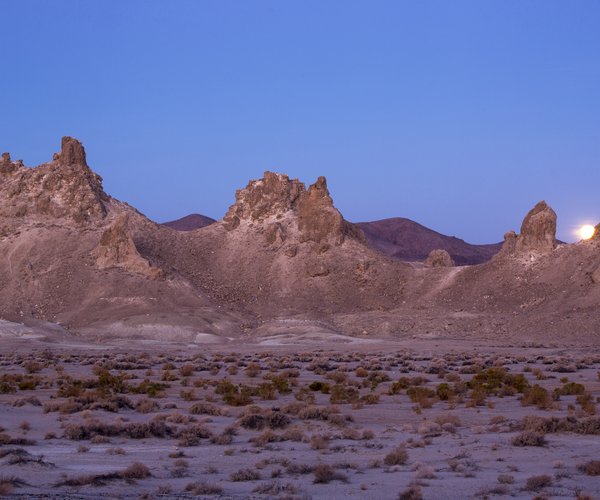One
of the most magical rides in California can be taken on the 206-mile long
Highway 120 that runs from Manteca in the west to Benton in the east.
Valley Floor, Lofty Pass, Hot Springs And Tufa Towers
Highway 120





